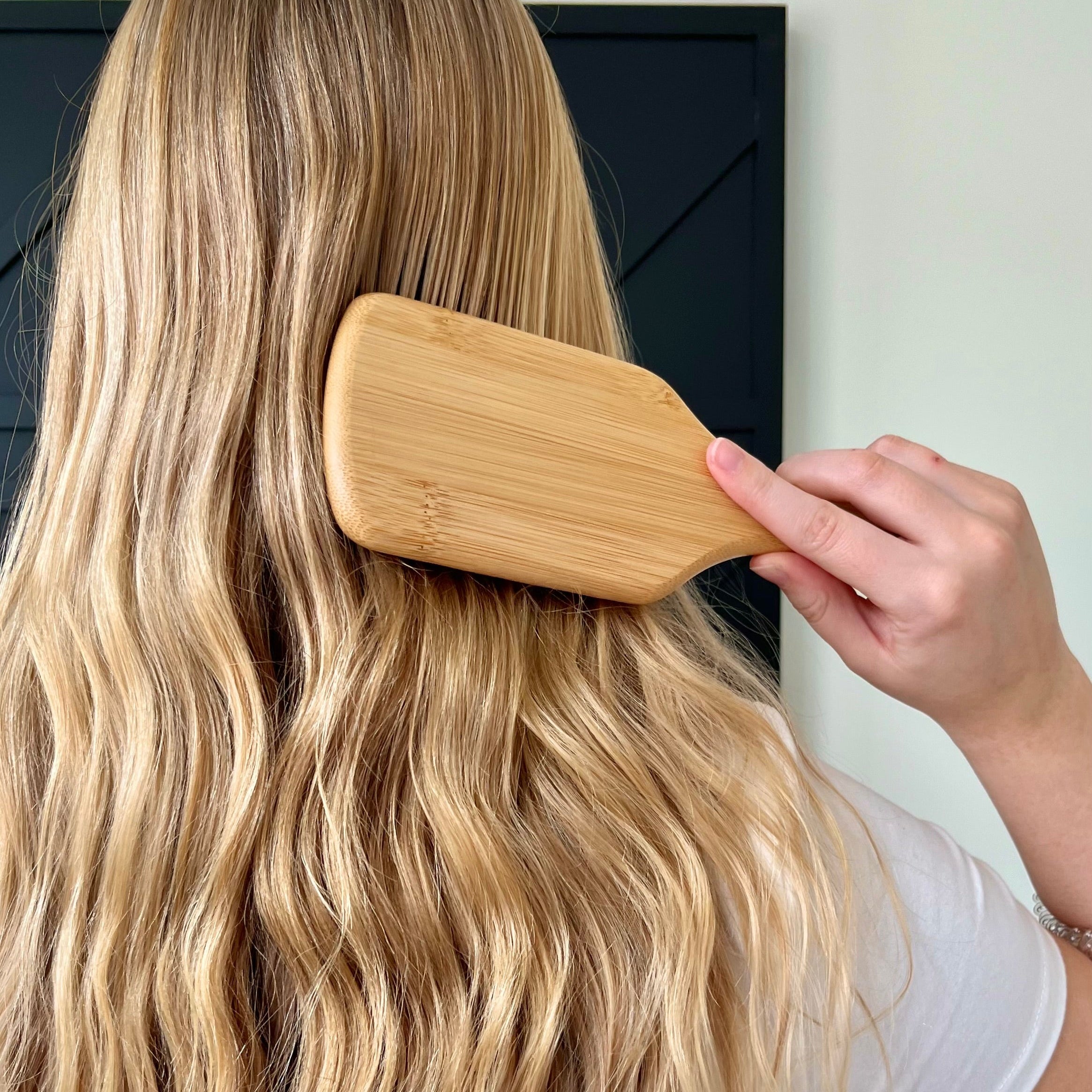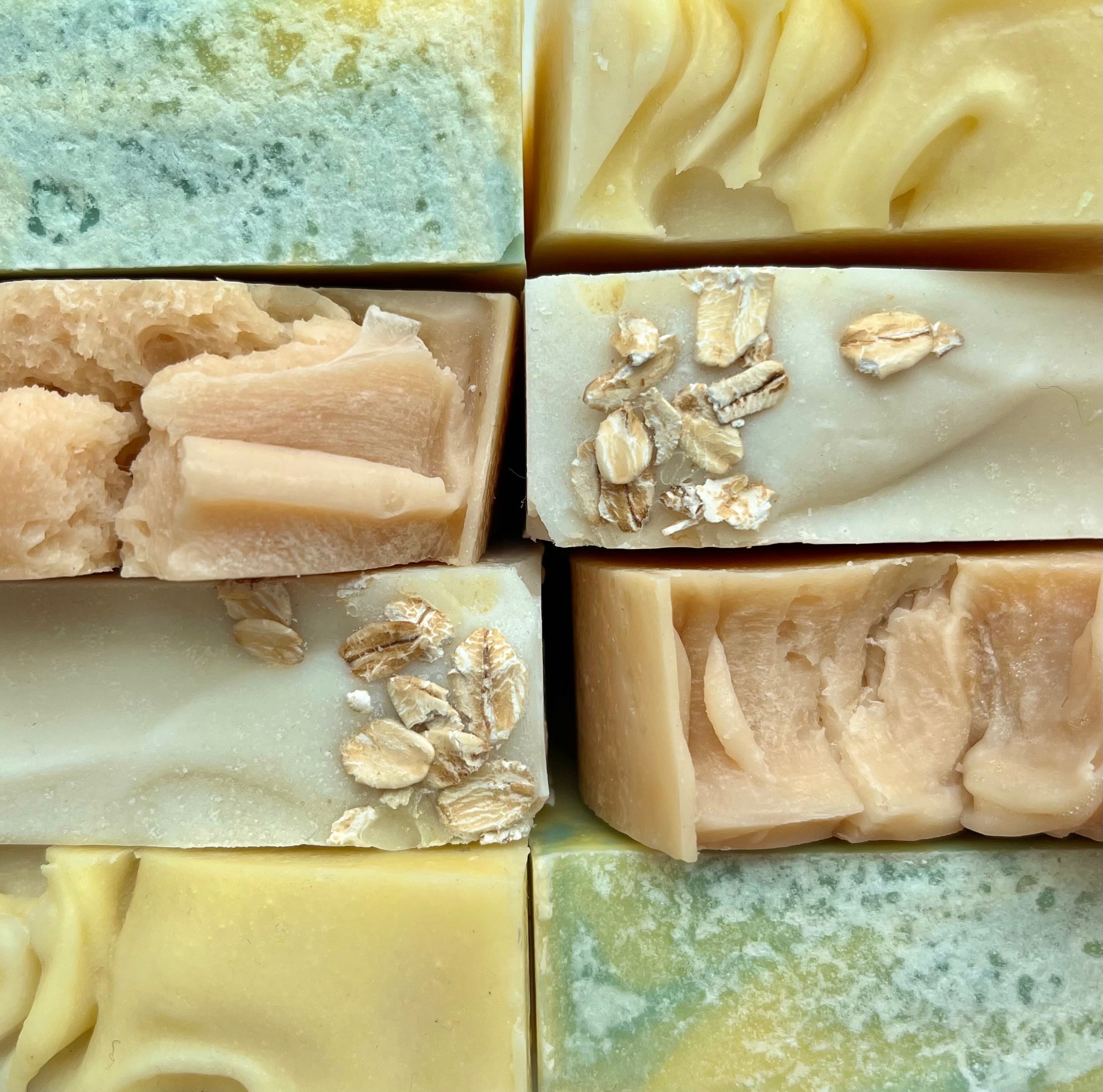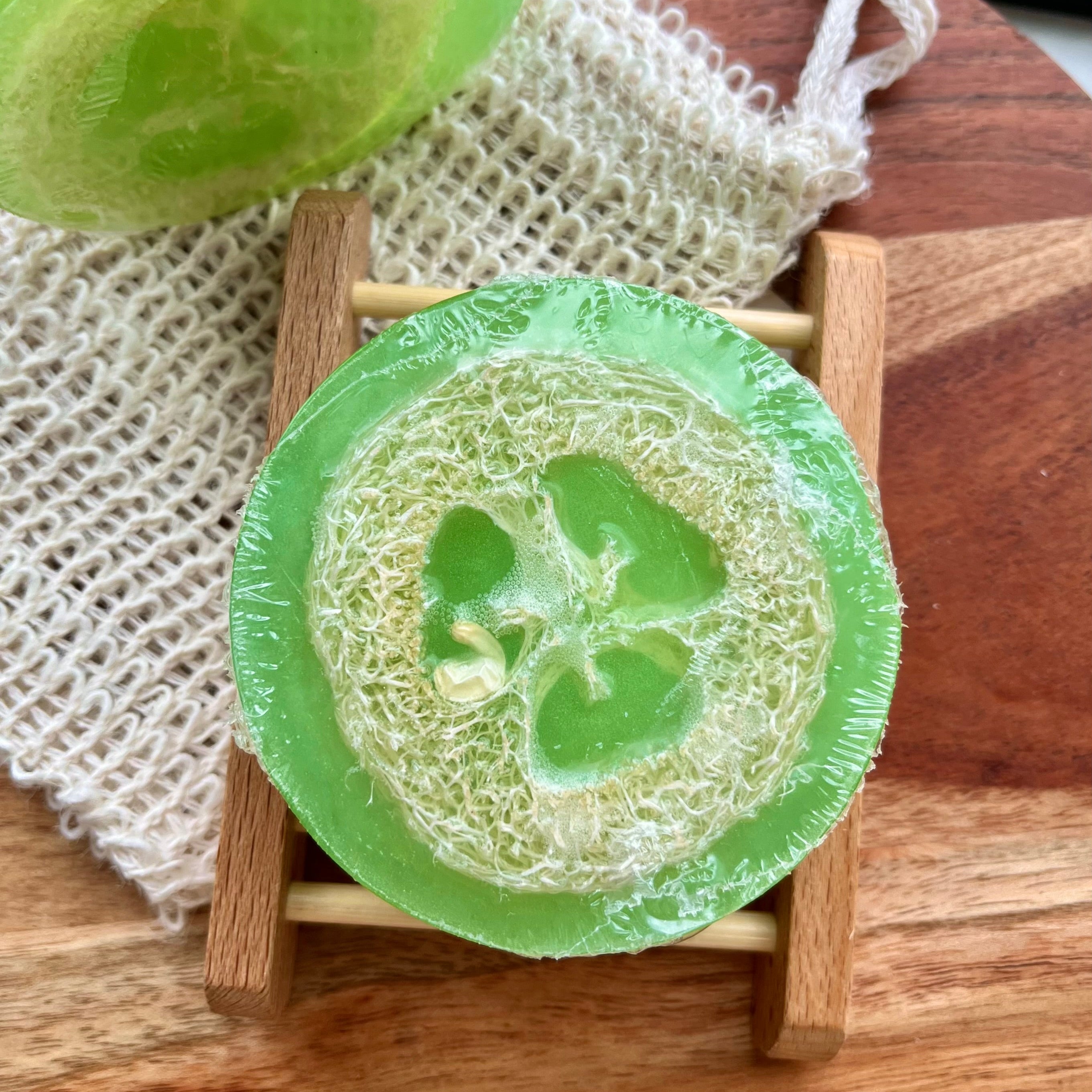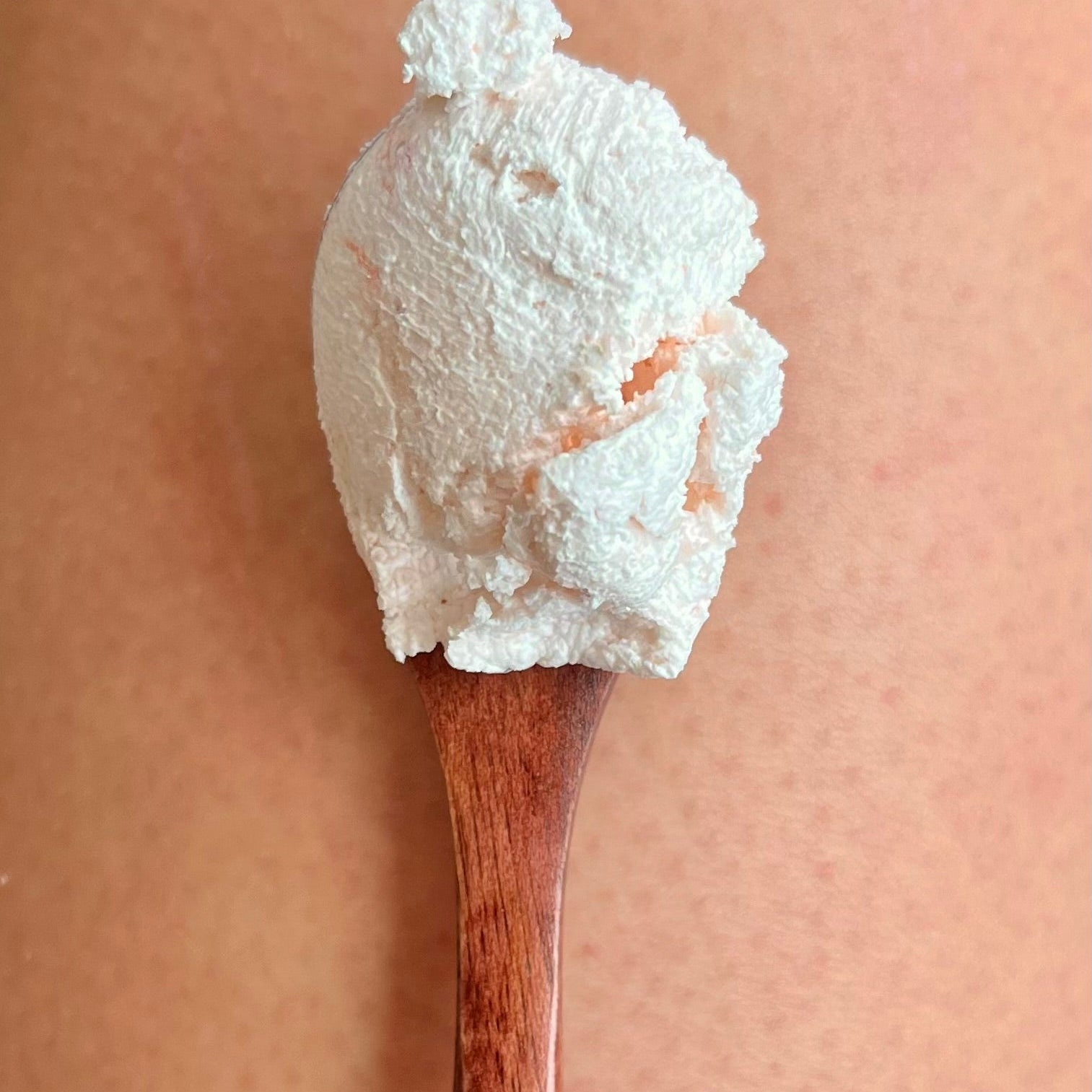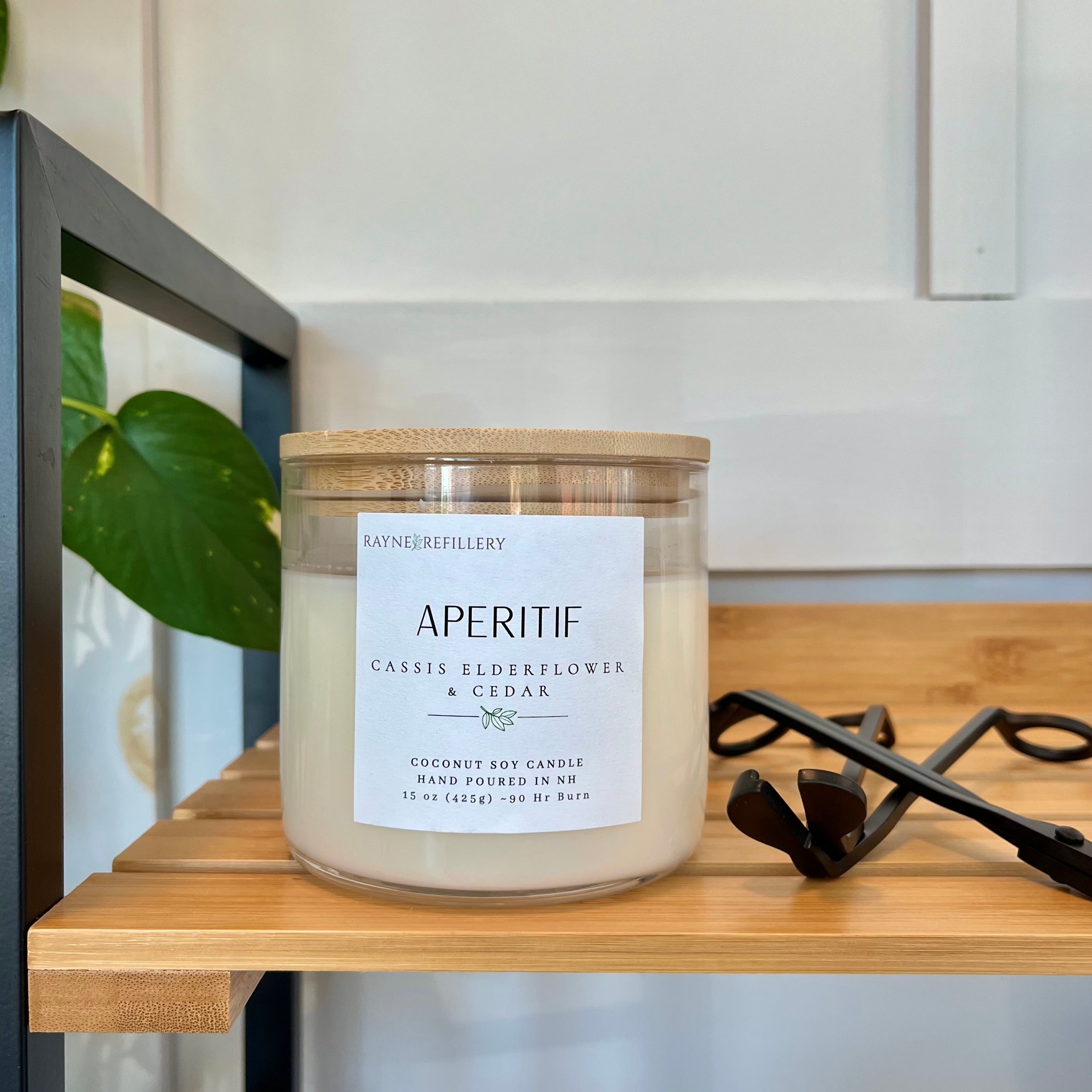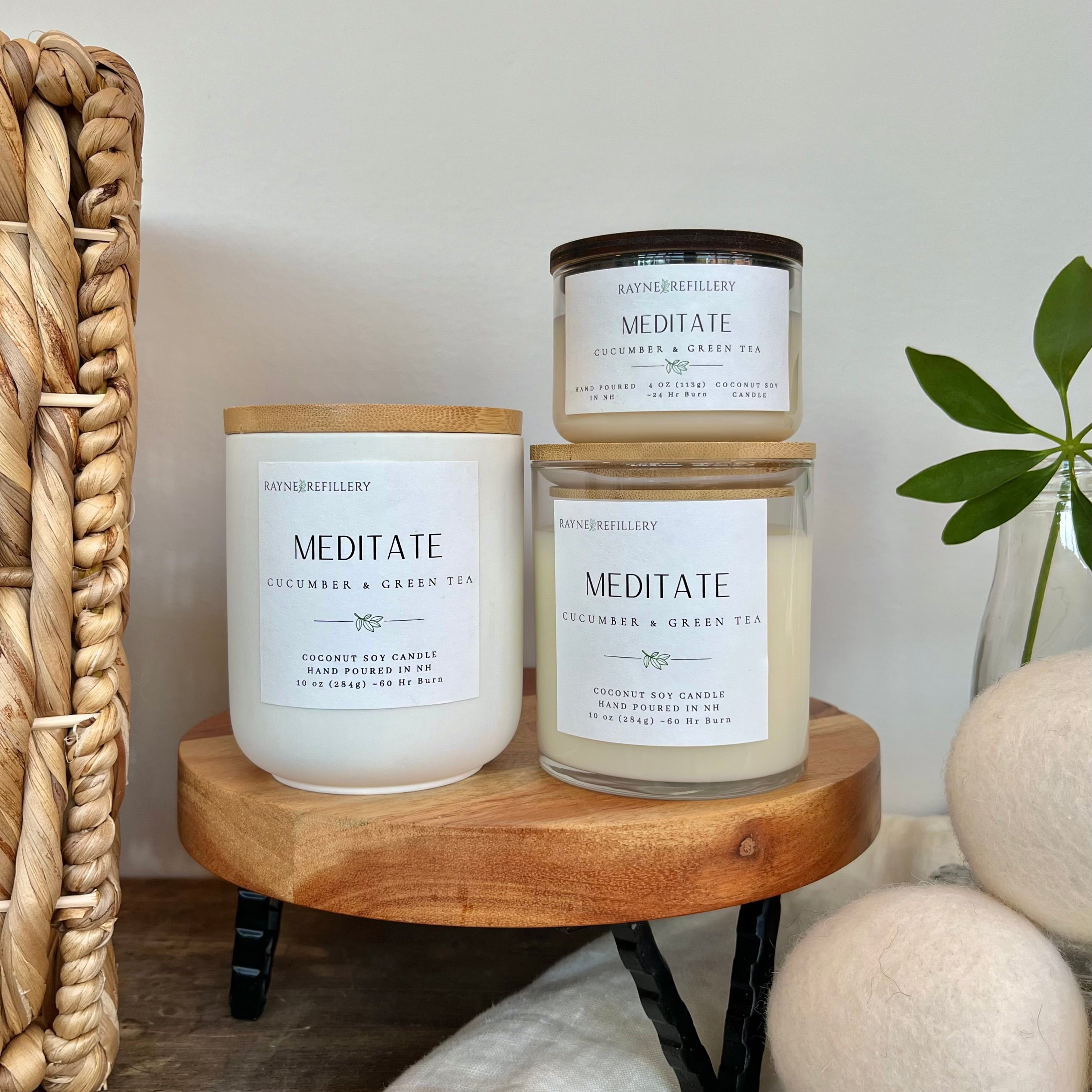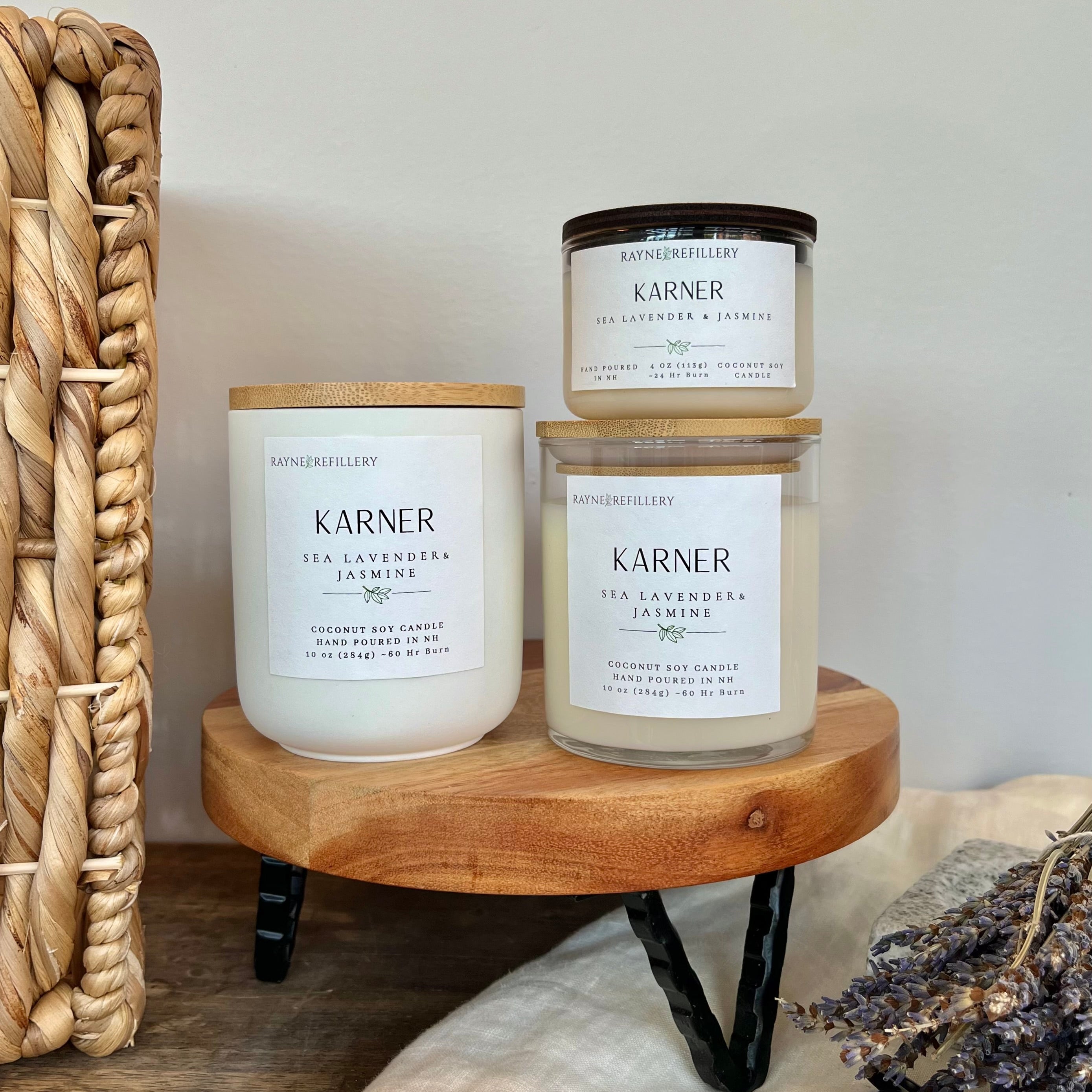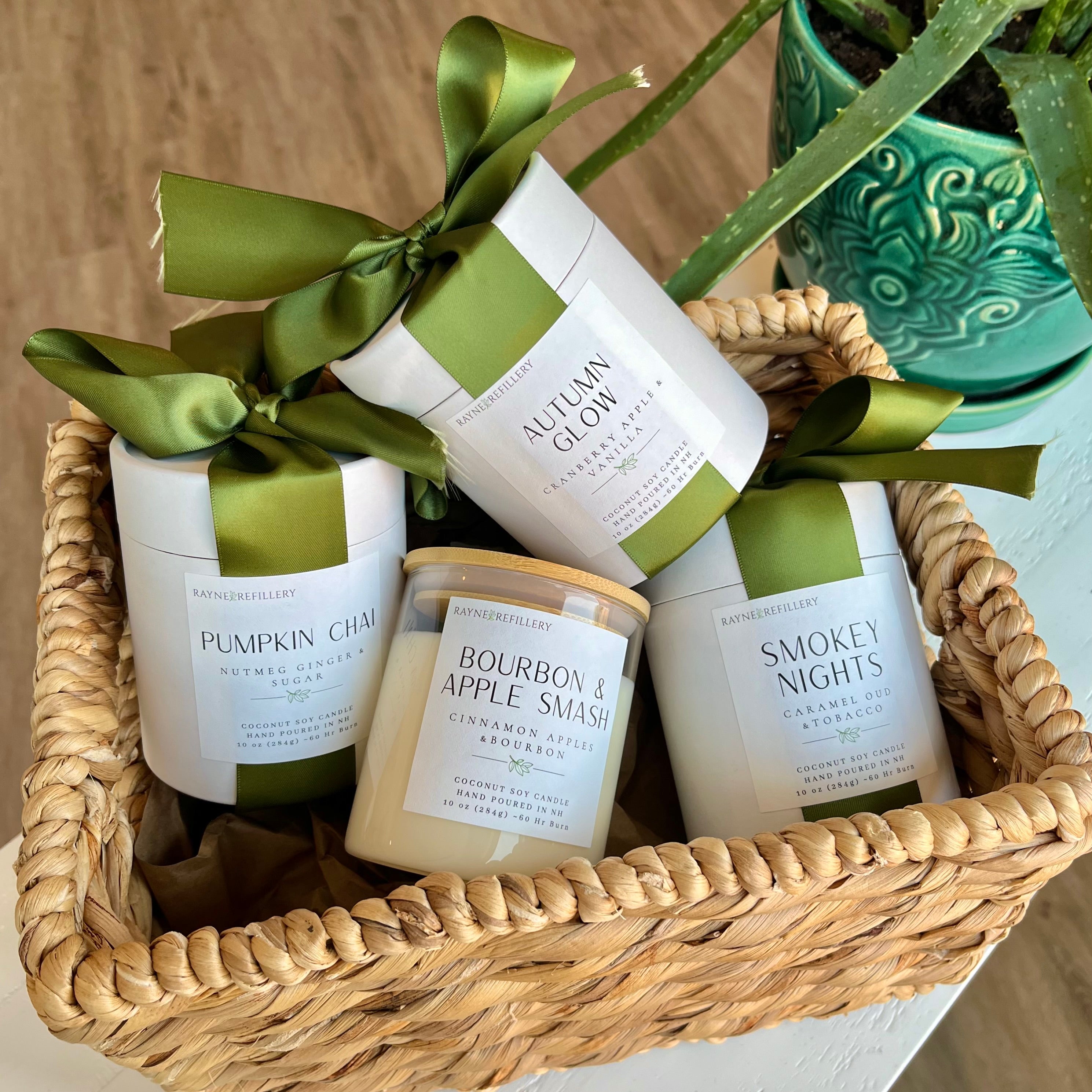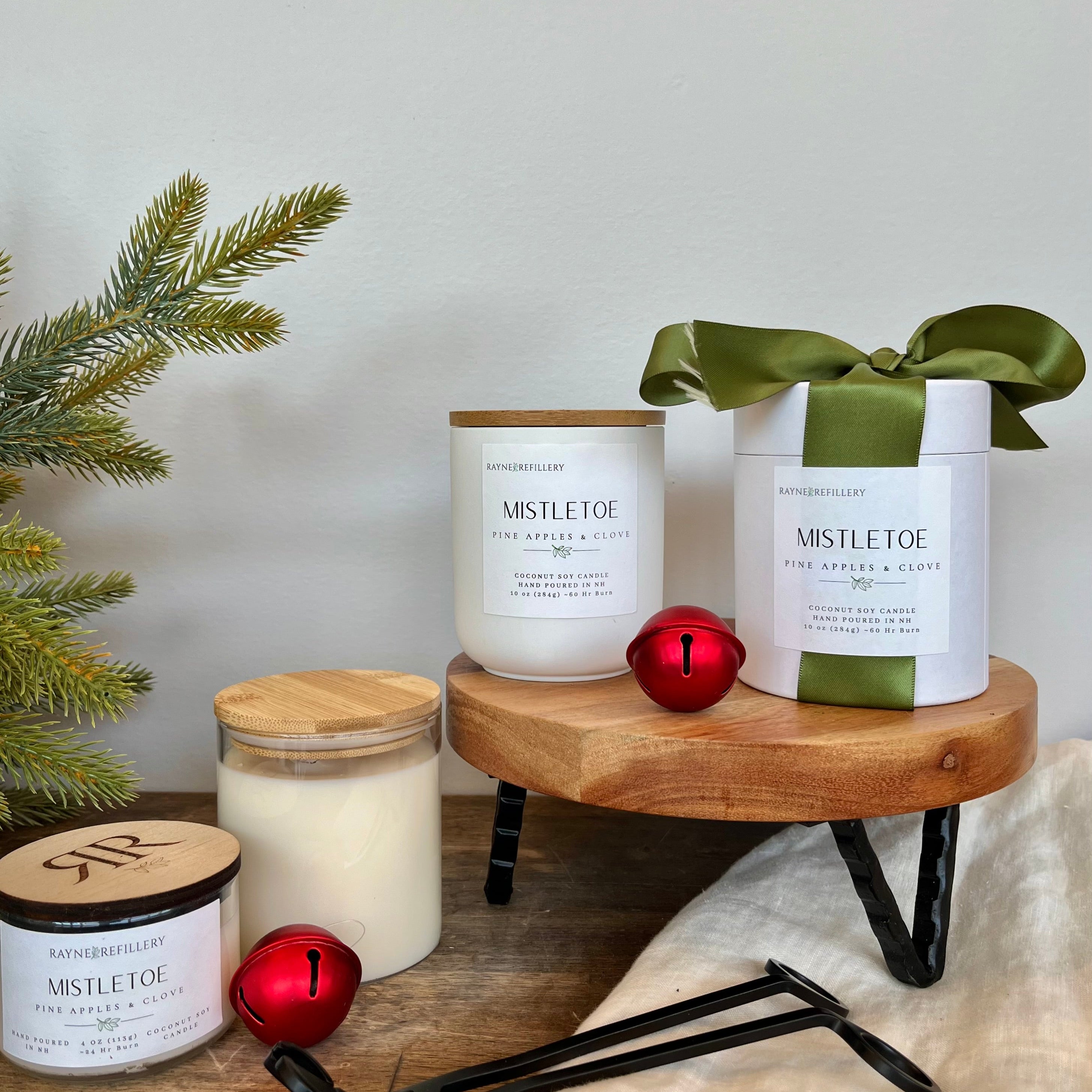There’s something magical about lighting a candle at the end of a long day. The soft glow, the calming scent, the way it instantly makes a space feel warmer and more inviting. It’s no wonder candles have become a staple in both self-care moments and those little after-cleaning rituals that make your home feel extra cozy.
But here’s the question we don’t often stop to ask: are scented candles bad for you?
While they may feel like a small luxury, many popular options on store shelves are made with ingredients that may be less soothing than they seem. From paraffin wax to synthetic fragrances, the stuff inside your favorite candle might be filling your home with more than just a cozy aroma.
So, truly… are scented candles bad for you? Let’s take a closer look at what’s inside, how it impacts your health, and the safer alternatives that let you keep the glow, without the guilt.
Myths vs. Facts About Scented Candles
Before we dive into the ingredients, let’s clear up a few common myths you’ve probably heard.
Myth 1: “Natural” always means non-toxic.
Not necessarily. Just because a candle claims to be “natural” doesn’t mean it’s free of chemicals or safe for indoor air. Always check the ingredients, natural waxes like coconut or soy are safer, but synthetic fragrances can still sneak in.
Myth 2: Soy candles are automatically safe.
Soy is better than paraffin, yes—but not all soy candles are created equal. Fragrances, dyes, and wick materials can still release unwanted chemicals. Look for the type of wicks and scents candles are using to determine your choice.
Fact: Ventilation really matters.
Even the safest candle will release tiny particles into the air. Burning candles in a well-ventilated space helps reduce any potential risk and keeps your home smelling fresh without compromising air quality.
Fact: You can enjoy candles safely.
Choosing high-quality, non-toxic candles, like our coconut-soy blends with essential oil fragrances, lets you indulge in that cozy, relaxing atmosphere without worrying about hidden toxins.
What’s Really in a Scented Candle?
Most of us don’t think twice about what candles are made of, we just pick the scent we like and strike a match. But the truth is, the ingredients matter more than we realize. Many conventional candles contain three main components that can affect the air you breathe:
1. Paraffin Wax
One of the most common candle bases, paraffin is a byproduct of petroleum. When burned, it can release potentially harmful chemicals like toluene and benzene, both of which are linked to respiratory irritation and long-term health concerns.
2. Synthetic Fragrances
That “vanilla sugar” or “fresh linen” scent? Often created with undisclosed chemical blends. The catch: these formulas can include phthalates and other compounds that disrupt hormones or trigger allergies. Since companies aren’t required to list exact fragrance ingredients, consumers are often left in the dark.
3. Wicks and Additives
While lead-core wicks have largely been phased out, some cheaper candles may still contain metal in their wicks. Additives like dyes and stabilizers can also release soot or chemicals when burned.
Lighting one candle here and there may not seem like a big deal, but if you burn them regularly in small, enclosed spaces, these ingredients can accumulate in your indoor air.
So, Are Scented Candles Bad for You?
So after seeing what’s actually inside, are scented candles really that bad for you? Here’s the truth.
The short answer: it depends on the candle and how often you burn it. Occasional use of high-quality candles is unlikely to cause serious harm. However, regular exposure to candles made with paraffin wax, synthetic fragrances, or questionable additives can impact indoor air quality and potentially affect your health over time.
The Health Effects of Scented Candles
Lighting a candle might feel harmless, but depending on the ingredients, it can affect your health more than you think. Here’s what to know:
Short-Term Effects: Some people experience headaches, dizziness, or respiratory irritation when burning paraffin-based candles or those with heavy synthetic fragrances. These reactions can be especially tough for anyone with asthma or allergies.
Long-Term Effects: Consistent exposure to certain chemicals found in conventional candles—like phthalates, benzene, or formaldehyde—has been linked to hormone disruption and even potential carcinogenic risks. Because candles release these compounds into the air, they can build up indoors over time, impacting your family’s long-term wellness.
Indoor Air Quality: The biggest issue isn’t that one candle will harm you, but rather the cumulative effect. In closed spaces, burning low-quality candles regularly can contribute to indoor air pollution, which lingers long after the flame goes out.
Who’s Most at Risk?
-
Children, pets, and people with asthma or allergies may notice irritation more quickly.
-
Prolonged exposure to certain chemicals like toluene, benzene, or phthalates could contribute to respiratory issues, headaches, or hormone disruption.
If all of this sounds a little worrying, don’t stress, the good news is you can still enjoy candles safely with just a few simple swaps.
How to Enjoy Scented Candles Without the Toxic Chemicals
There’s nothing like lighting a candle and letting a cozy scent fill your space. We’re not saying you should give up candles entirely, but there are definitely safer alternatives to the mass-produced ones you find in stores.
Candles made from natural waxes, like our coconut-soy blends, are a safer choice. Pair them with a wood wick and fragrances derived from essential oils, and you’ve got a cozy, non-toxic glow that smells amazing.
Plus, since we’re focused on reducing single-use plastic, our candles come in reusable vessels. That means you can grab a refill in the same scent, or try a new one, and instantly have a brand-new candle without any extra waste.
Your home stays inviting, smells delicious, and you can actually breathe easy.
